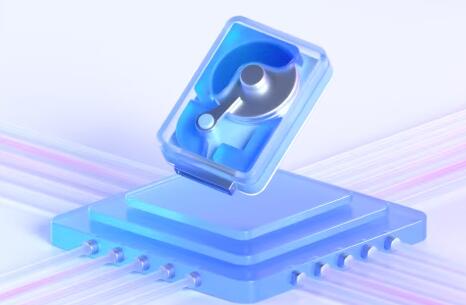Data loss can be a frustrating experience for any Mac user, whether due to accidental deletion, hardware failure, or corruption. In such cases, data recovery software can be a lifesaver.
1. Data Recovery Software
Data recovery software is designed to retrieve lost, deleted, or inaccessible data from various storage devices, including hard drives, SSDs, USB drives, and SD cards. These tools typically use algorithms to scan for recoverable files, offering features such as:
File Preview: Allows users to see what can be recovered before proceeding.
Deep Scanning: Searches for files that might not be immediately accessible.
File Type Support: Can recover different types of files like documents, photos, and videos.
Popular legitimate data recovery software options for Mac include Disk Drill, EaseUS Data Recovery Wizard, and Stellar Data Recovery.

2. What is Cracked Software?
Cracked software is a modified version of the original program that removes copy protection mechanisms, allowing users to access it without paying. While it may seem attractive to obtain software for free, the motivations behind using cracked software often include:
Cost: Users want to avoid the expense of purchasing legitimate software.
Availability: Some users may not find the software they need readily available.
However, the use of cracked software comes with significant risks.
3. Risks of Using Cracked Software
Security Risks
One of the most pressing dangers of using cracked software is security threats. Here’s how:
Malware and Viruses: Cracked versions often come bundled with malware, spyware, or ransomware. When users install these versions, they inadvertently introduce harmful programs that can steal personal data or damage the system.
Data Breaches: By using unverified software, users expose their systems to vulnerabilities that can lead to data breaches, putting personal and sensitive information at risk.
Legal Risks
Using cracked software also presents legal challenges:
Copyright Infringement: Downloading and using cracked software violates copyright laws, which can result in fines or legal action.
Consequences of Violating Licensing Agreements: Companies may take legal action against individuals using their software unlawfully, leading to possible lawsuits.
Performance Risks
Beyond security and legal issues, performance risks are significant:
Unreliable Functionality: Cracked software often lacks the updates and support available to legitimate versions. This may lead to crashes or failures during recovery attempts.
Risk of Data Corruption: Using unreliable software can exacerbate data loss issues, potentially making recovery impossible.
4. Impacts on Data Recovery
The primary purpose of data recovery software is to restore lost data. However, using a cracked version can severely impact the success of recovery attempts:
Ineffectiveness: Cracked software may not function properly, leading to incomplete or failed recoveries.
Permanent Data Loss: In worst-case scenarios, users may end up corrupting their data or making it unrecoverable.
Research indicates that legitimate software solutions have significantly higher success rates than their cracked counterparts.
5. User Experiences and Case Studies
Anecdotal evidence from users who have tried cracked software highlights both the risks and occasional benefits. Some users report temporary success in recovering files, but many others share stories of:
Malware Infection: Instances of cracked software leading to severe system infections.
Failed Recoveries: Cases where users tried to recover important files but ended up losing them permanently.
Frustration and Loss: Emotional and financial costs associated with failed recovery attempts.
These experiences underscore the risks involved in choosing cracked software.
6. Alternatives to Cracked Software
Fortunately, there are many alternatives to cracked software that are safe and effective:
Free and Open-Source Options: Programs like PhotoRec and TestDisk offer reliable data recovery solutions at no cost, though they may lack user-friendly interfaces.
Affordable Legitimate Software: Many reputable companies offer their products at competitive prices or provide free trials, allowing users to test their functionality before committing.
Promotions and Discounts: Occasionally, legitimate software providers offer discounts or promotional deals, making it easier for users to access quality software without breaking the bank.
Exploring these alternatives can help users avoid the pitfalls of cracked software.
7. Best Practices for Data Recovery
To ensure safe and effective data recovery on Mac, users should follow these best practices:
Regular Backups: Implement a consistent backup strategy using tools like Time Machine or cloud services to minimize the risk of data loss.
Use Trusted Software: Always opt for reputable data recovery software from trusted sources.
Seek Professional Help: For critical data loss situations, consider consulting a professional data recovery service, which can provide specialized tools and expertise.
About us and this blog
Panda Assistant is built on the latest data recovery algorithms, ensuring that no file is too damaged, too lost, or too corrupted to be recovered.
Request a free quote
We believe that data recovery shouldn’t be a daunting task. That’s why we’ve designed Panda Assistant to be as easy to use as it is powerful. With a few clicks, you can initiate a scan, preview recoverable files, and restore your data all within a matter of minutes.
Subscribe to our newsletter!
More from our blog
See all postsRecent Posts
- How to recover lost files on flash drive? 2024-12-26
- What can messed up flash drive cybersecurity? 2024-12-26
- My flash drive isn’t working on adaptor mac 2024-12-26










